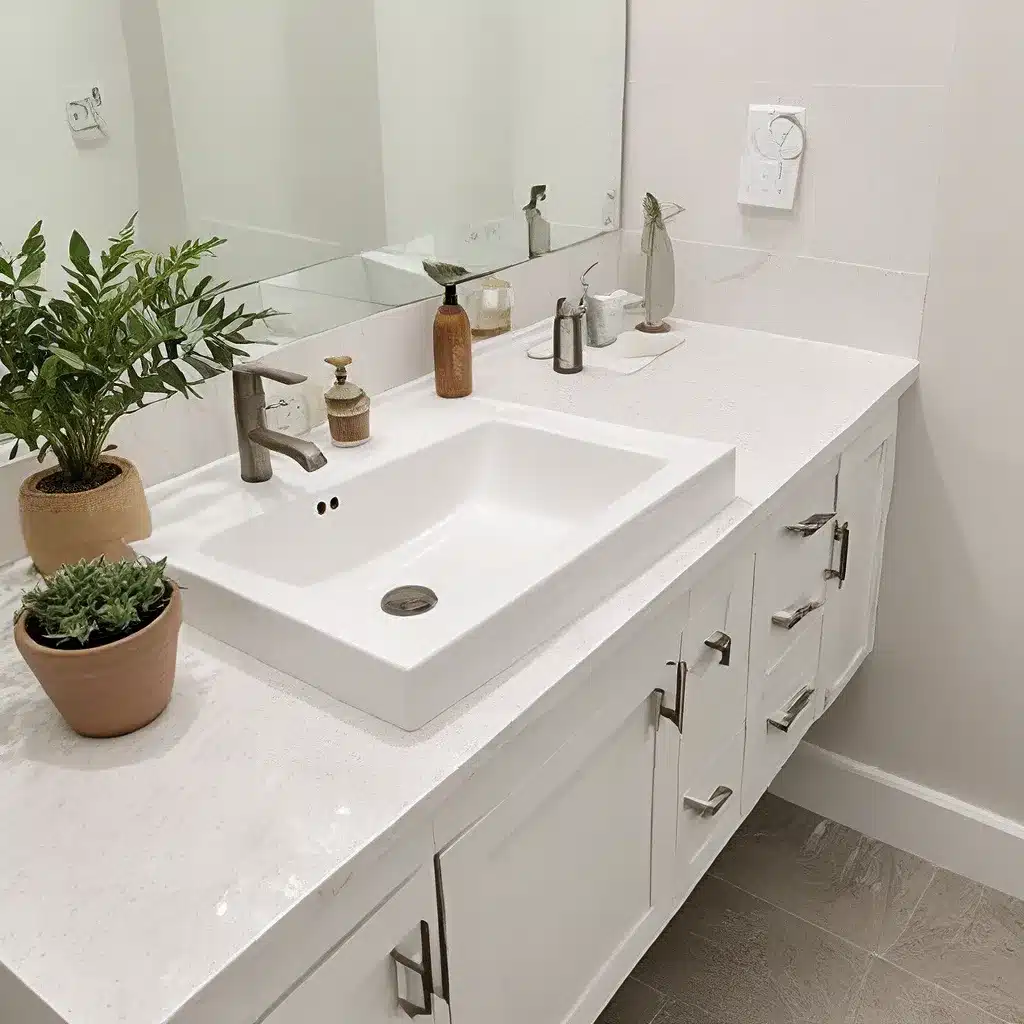
When it comes to bathroom renovations, the washbasin or sink is often one of the central focal points. Whether you’re designing a new bathroom from scratch or simply looking to update an existing space, choosing the right washbasin can make a significant impact on the overall aesthetic and functionality of the room. However, for many homeowners, the cost of a bathroom renovation can be daunting, leading them to compromise on their ideal sink or settle for less-than-satisfactory options.
Evaluating Washbasin Materials and Designs
The selection of washbasin materials plays a crucial role in balancing style, durability, and affordability. Porcelain and ceramic sinks remain popular choices due to their classic look, easy maintenance, and relatively low cost. Natural stone options like granite and marble offer a luxurious aesthetic but often come with a higher price tag. For those seeking a more sustainable approach, reclaimed or repurposed materials, such as wood or copper, can add unique character to a bathroom while aligning with eco-friendly principles.
When it comes to washbasin designs, the options are vast and varied. Undermount sinks offer a sleek, seamless integration with the countertop, while drop-in and self-rimming models provide a more traditional look. Vessel sinks, which sit atop the countertop, can create a striking focal point and add visual interest to the space. Wall-mounted and pedestal sinks are excellent choices for small bathrooms, as they free up valuable floor space.
Balancing Cost and Sustainability
One of the primary challenges in bathroom renovations is finding the right balance between cost and sustainability. While luxury materials and high-end fixtures may be desirable, they often come with a hefty price tag that can put them out of reach for many homeowners. However, with a little creativity and a focus on long-term value, it’s possible to achieve an affordable and sustainable sink solution that meets your design goals.
Repurposing and Upcycling
One of the most effective ways to save money on a bathroom renovation is to repurpose or upcycle existing fixtures and materials. For example, refinishing an old vanity or reusing a vintage sink can breathe new life into a space while avoiding the cost of purchasing entirely new items. Thrift stores, garage sales, and online marketplaces can be excellent sources for finding unique and budget-friendly washbasin options.
Embracing Sustainable Materials
In addition to repurposing, incorporating sustainable materials into your bathroom renovation can be both cost-effective and environmentally friendly. Bamboo and reclaimed wood are durable and renewable options that can be used for vanities, countertops, and even washbasins. Recycled glass and soapstone are other sustainable materials that can add visual interest and character to your bathroom design.
DIY Installation and Maintenance
For homeowners with a bit of DIY experience, tackling the installation of a new washbasin can be a great way to save on labor costs. Many sink and vanity options are designed with straightforward installation processes, allowing you to take on the project yourself. Additionally, proper maintenance and care of your washbasin can help extend its lifespan, further enhancing the long-term value of your investment.
Exploring Affordable Washbasin Options
When it comes to affordable washbasin solutions, there are several options worth considering. Ceramic and porcelain sinks often represent a cost-effective choice, with a wide range of styles and sizes to fit various bathroom layouts. Stainless steel sinks, though less common in residential settings, can also be a budget-friendly alternative, particularly for commercial or industrial-inspired designs.
For those seeking a unique and sustainable option, repurposed or reclaimed materials can be a game-changer. Salvaged farmhouse sinks, antique or vintage washbasins, and custom-built vanities made from recycled wood or metal can add character and personality to a bathroom renovation while aligning with eco-friendly principles.
Maintaining and Caring for Your Washbasin
Regardless of the material or design you choose, proper maintenance and care are essential to ensuring the long-term durability and performance of your washbasin. Porcelain and ceramic sinks often require gentle cleaning with a mild detergent and soft cloth, while natural stone options may need specialized cleaners and sealants to preserve their luster and integrity.
For reclaimed or repurposed materials, it’s important to follow the manufacturer’s or installer’s recommendations for cleaning and upkeep. Oiling wooden surfaces, polishing metal fixtures, and resealing stone countertops can help maintain the beauty and functionality of your sustainable washbasin solution.
Conclusion
When it comes to bathroom renovations, the washbasin or sink can be a central and defining element of the space. By evaluating your material and design options, balancing cost and sustainability, and properly maintaining your investment, you can achieve an affordable and long-lasting sink solution that elevates the overall aesthetic and functionality of your bathroom. Remember, with a bit of creativity and a focus on value, you can transform your bathroom into a beautiful and eco-friendly oasis, without breaking the bank.
If you’re interested in exploring the wide range of washbasin options available, be sure to visit Washbasin Factory to browse their selection and learn more about the latest trends and innovations in bathroom design.

